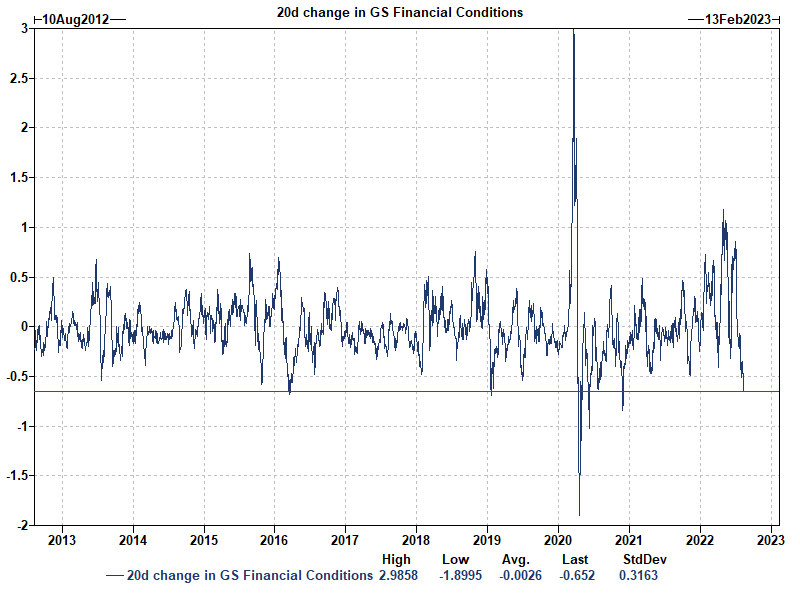FOMC Minutes: Anticipation For "Ongoing Rate Increases", But Risk Fed Could Tighten More Than Necessary
As we wrote in our preview to the Minutes from the July FOMC, expectations were wide-ranging: on one hand the minutes were expected to detail the Fed's dovish breakaway from forward guidance (as the Fed, like the BOE, finally admitted it has no clue what will happen next week let alone net year). On the other, the market is looking for clues on the rate path and the terminal rate... or in other words, forward guidance.
Well, those hoping for some glimpse into what's coming got just that when the Fed revealed moments ago that while "Fed Officials Judged Moving to Restrictive Stance Was Required" as "inflation was “unacceptably high” and inflationary pressures as broad based" and officials also "Judged That Bulk of Tightening Effect Yet to Be Felt" while "Playing Down Lower Commodity Prices Cooling Inflation", there was a rather dovish twist in that many Fed officials saw a risk to over-tightening, because of constant changes in the economic environment and the lag in the effect of monetary policy, saying: “the committee could tighten the stance of policy by more than necessary to restore price stability” and furthermore, officials saw a "slower pace of rate hikes at some point."
The question, of course, is when?
Here are some more highlights from the minutes:
- In discussing potential policy actions at upcoming meetings, participants continued to anticipate that ongoing increases in the target range for the federal funds rate would be appropriate to achieve the Committee’s objectives.
- With inflation remaining well above the Committee’s objective, participants judged that moving to a restrictive stance of policy was required to meet the Committee’s legislative mandate to promote maximum employment and price stability.
- Participants concurred that the pace of policy rate increases and the extent of future policy tightening would depend on the implications of incoming information for the economic outlook and risks to the outlook.
- Participants judged that, as the stance of monetary policy tightened further, it likely would become appropriate at some point to slow the pace of policy rate increases while assessing the effects of cumulative policy adjustments on economic activity and inflation.
- Some participants indicated that, once the policy rate had reached a sufficiently restrictive level, it likely would be appropriate to maintain that level for some time to ensure that inflation was firmly on a path back to 2 percent.
- Participants concurred future rate hikes would depend on incoming information, judged that at some point it would be appropriate to slow pace of increases.
- Participants agreed there was little evidence inflation pressures were subsiding and that it would take considerable time for situation to be resolved. Participants emphasized that slowdown in demand would play an important role in reducing inflation.
- Participants noted recent readings on inflation expectations were consistent with long-run expectations anchored at 2%.
- Participants said strength of labor market suggests economic activity stronger than implied by weak Q2, raising possibility of upward GDP revision. Participants noted that expectations of inflation were an important influence on the behavior of actual inflation and stressed that moving to an appropriately restrictive stance of policy was essential for avoiding an unanchoring of inflation expectations.
Several of the participants who commented on issues related to financial stability noted that, on balance, asset valuations had eased from elevated levels in recent months.
Participants judged that a significant risk facing the Committee was that elevated inflation could become entrenched if the public began to question the Committee’s resolve to adjust the stance of policy sufficiently.
A few participants mentioned the need to strengthen the oversight and regulation of certain types of nonbank financial institutions.
Several participants noted that capital at some of the largest banks had declined in recent quarters.
These participants emphasized that it was important that the largest banks have strong capital positions and that appropriate settings of regulatory and supervisory tools can help deliver that outcome.
A couple of these participants highlighted the potential role that usage of the countercyclical capital buffer could play in this context.
But perhaps the most important comment for markets was the following:
Participants noted that the Committee’s credibility with regard to bringing inflation back to the 2 percent objective, together with its forceful policy actions and communications, had already contributed to a notable tightening of financial conditions that would likely help reduce inflation pressures by restraining aggregate demand.
This, as we noted, is a ridiculous lie since the Goldman Sachs Financial Conditions Index has eased by almost a record amount in the 20-some days since the July FOMC.

Full minutes below:
More By This Author:
WTI Spikes After Huge Crude Inventory Draw, U.S. Crude Exports Hit Record HighTarget Slumps Amid Growing Inventory Glut As Consumer Spending Continues To Shrink
72% Of Millennials Have Regrets About Homes They Overpaid Or Settled For In 2021 And 2022
Disclosure: Copyright ©2009-2022 ZeroHedge.com/ABC Media, LTD; All Rights Reserved. Zero Hedge is intended for Mature Audiences. Familiarize yourself with our legal and use policies every ...
more


